Most of us tend to forget that money is only valuable to our society because it gives us purchasing power.
The bills and coins we have in our wallets do not represent what they are worth… but much less.
In short, fiat currency is not gold.
The advantage of currency fiat also represents their biggest disadvantages: they are stable, they do not offer a potential increase in purchasing power.
On the other hand you have the Bitcoin, which is constantly evolving and is the only currency that can offer an increase in purchasing power in the long term.
Today, the value of fiat currency (like Bitcoin, by the way), although it is based on the exchange that is made of it, but is also based on the assessment made by third parties (such as states, banks, organisations, etc.). This last part is what differentiates Bitcoin and fiat currencies.
Now let’s take a concrete example: Parisian real estate:
Over 10 years, the value of the euro has only changed by a few cents, while the Parisian real estate market has almost doubled to over €8,000 per square metre.
Here we notice to similar purchasing power the performance of the real estate property will be reduced, we buy less and less with the same amount of money over the years. This is a direct consequence of the decline in purchasing power.
Unlike traditional fiat currencies, Bitcoin is a create of a completely different nature. Whereas the value of Bitcoin can go up or down by minor margins these days, there is equally as much room for growth as there is for a decline. If Bitcoin were to become more valuable – as it has over the past twelve months – purchasing power per Bitcoin increases.
Granted, Bitcoin is still tied to fiat currency values when converting it to be used in the real world. But at the same time, consumers have a likely chance to receive more fiat currency – and more purchasing power – for the same amount of Bitcoin. There is no other currency that offers this type of prospect anywhere in the world.



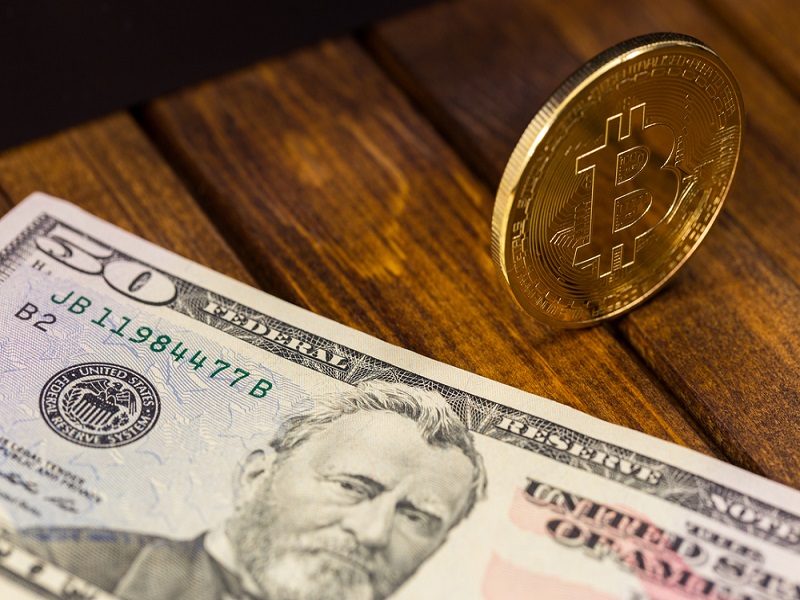
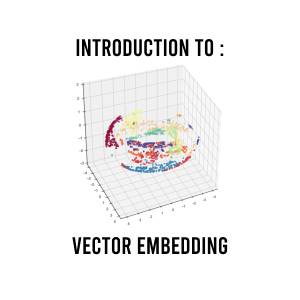




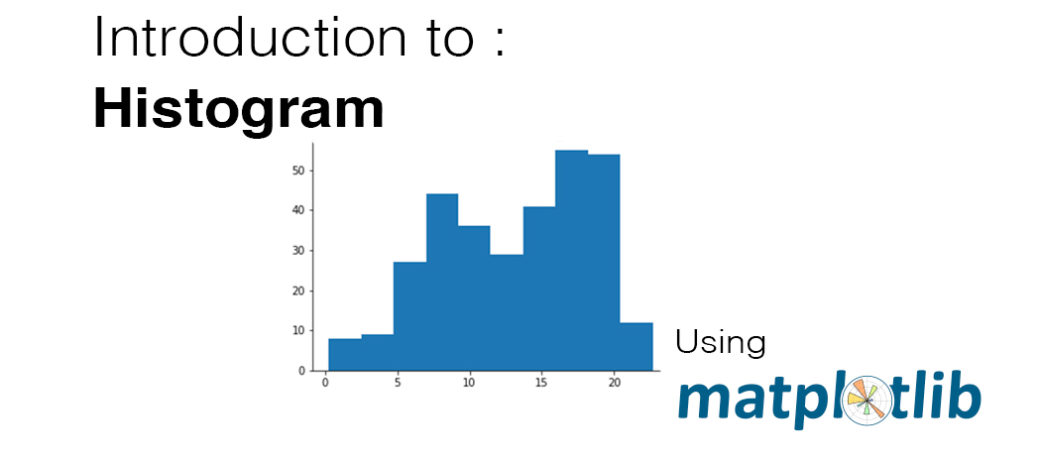
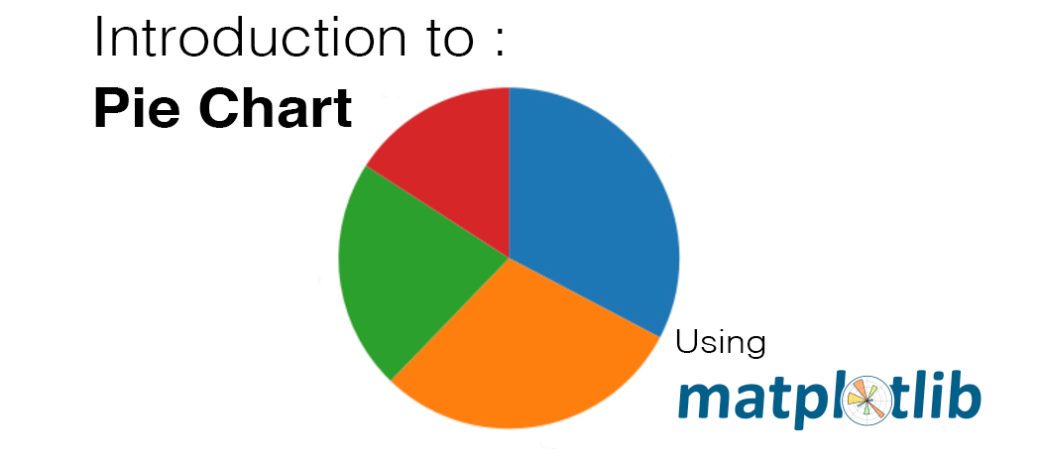
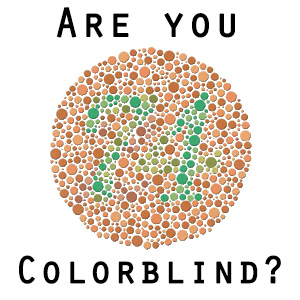

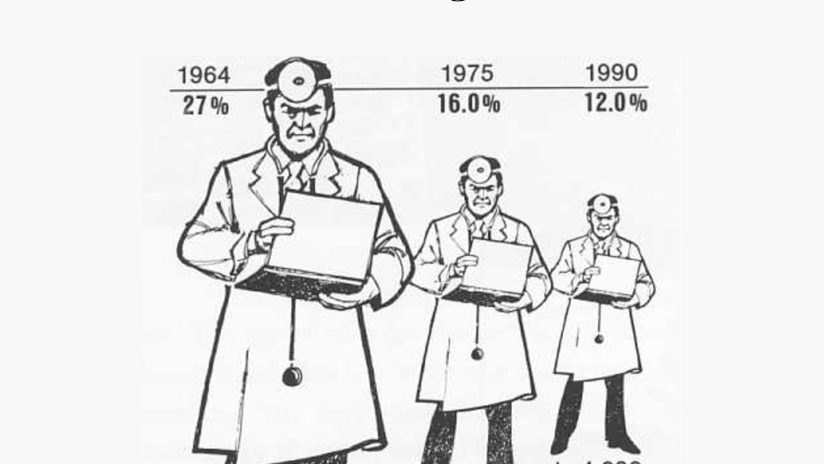
This piece of writing is an absolute banger